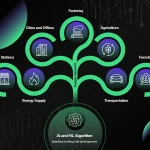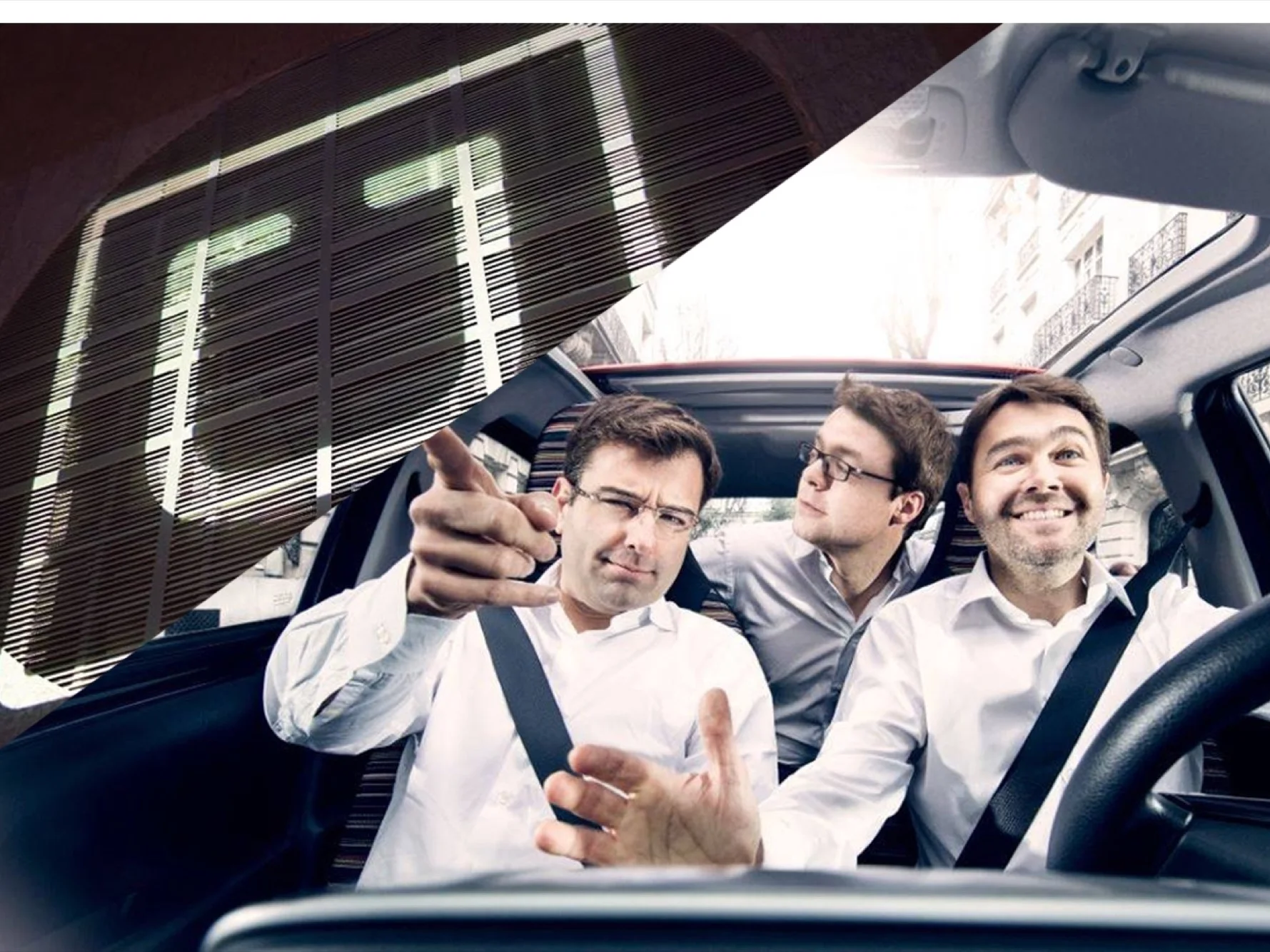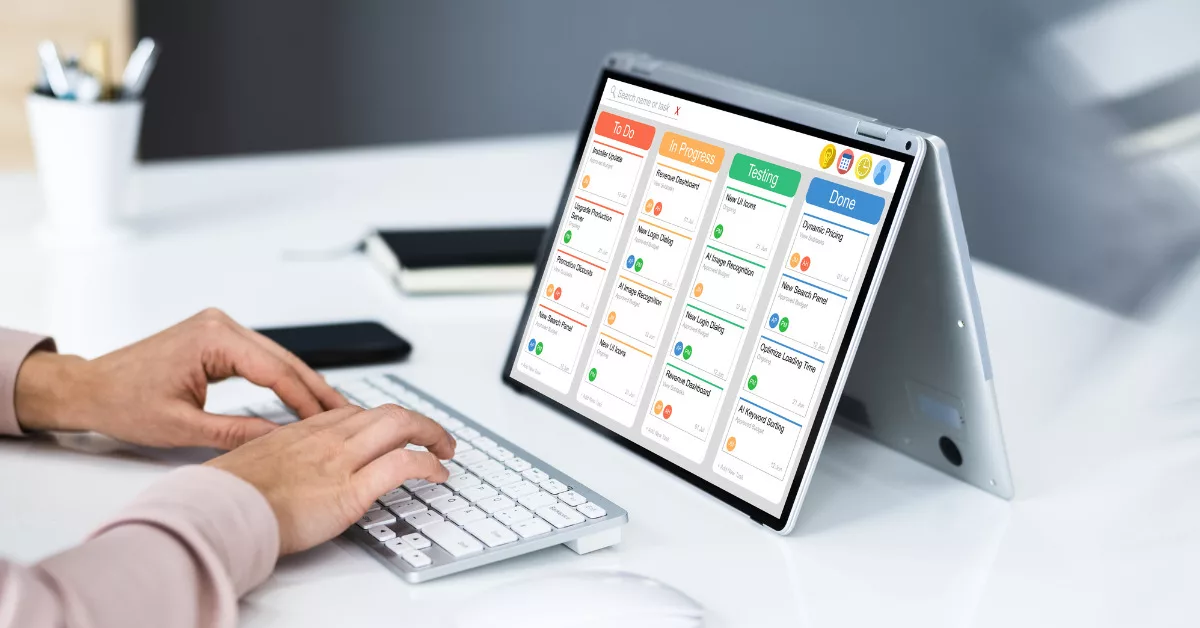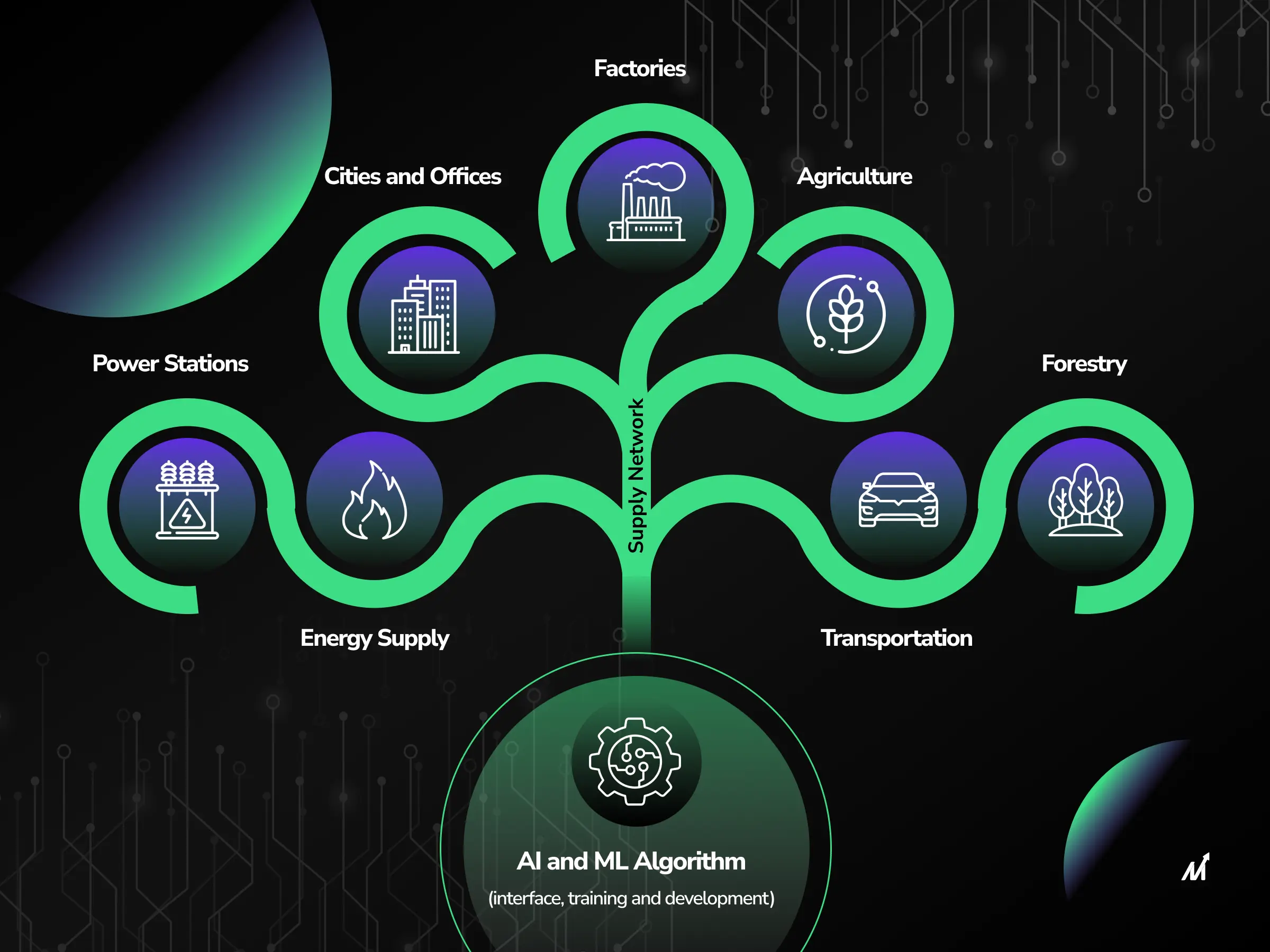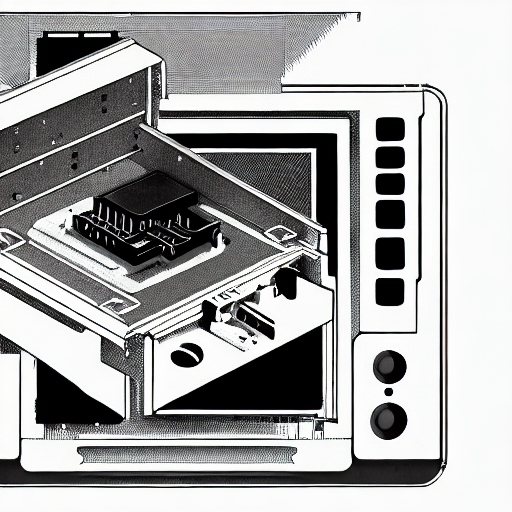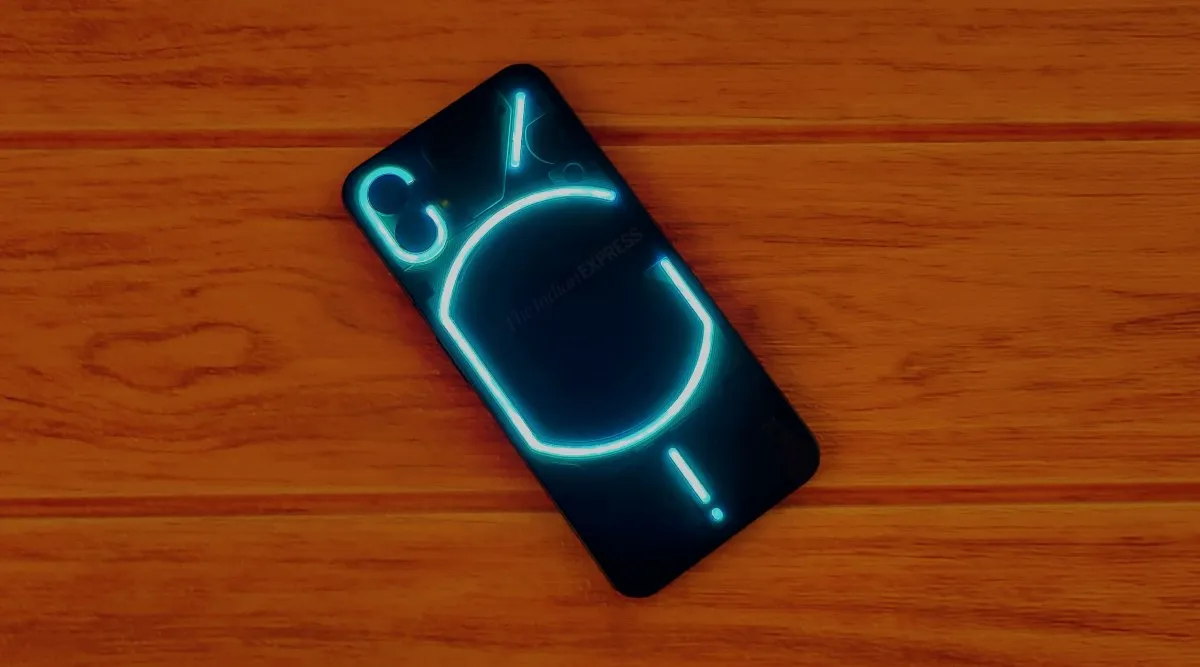In the realm of ride-sharing services, BlaBlaCar and Uber stand out as two distinct options for travelers. While both offer transportation solutions, the legal and operational differences between the two are significant. BlaBlaCar is primarily a carpooling service, connecting individuals for long-distance trips between cities, with drivers offering empty seats to passengers traveling the same route. In contrast, Uber operates as a for-hire transportation service, where drivers provide rides in exchange for payment within a city. The purpose of this article is to explore the key differences between BlaBlaCar and Uber, including their legal and operational distinctions, as well as the implications for drivers and passengers. We will also discuss the regulatory requirements and responsibilities associated with each type of service. By the end of this article, readers will have a comprehensive understanding of how BlaBlaCar differs from Uber and the unique benefits and considerations of each option.
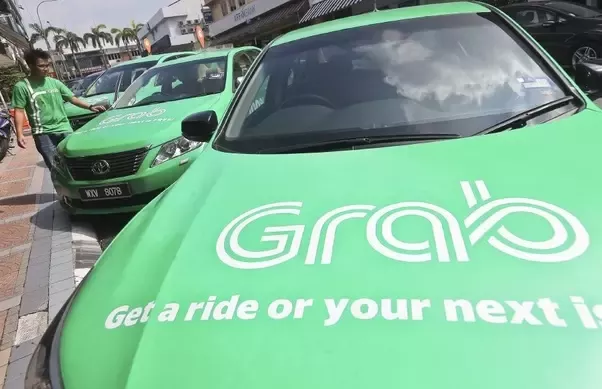
Legal and Operational Differences
The ride-sharing industry has seen significant growth in recent years, with companies like BlaBlaCar and Uber offering innovative transportation solutions. However, there are distinct legal and operational differences between these two services that are important to understand.
Regulatory Variations by Country
One of the key differences between BlaBlaCar and Uber is the regulatory variations by country. BlaBlaCar operates in 19 countries, connecting people traveling between cities and sharing the cost of the drive. In contrast, Uber focuses on ride-sharing within cities and has faced regulatory challenges with the taxi industry. This indicates that BlaBlaCar’s business model is fundamentally different, as it avoids the legal complexities associated with urban transportation.
Carpooling vs For-Hire Transportation
Another important aspect is the contrast between carpooling and for-hire transportation. BlaBlaCar drivers don’t make a profit, as the company caps the maximum price on all journeys to cover only the cost of gas and wear-and-tear expenses of the vehicle. On the other hand, Uber operates as a for-hire transportation service where drivers make a profit, leading to different licensing requirements and insurance obligations.
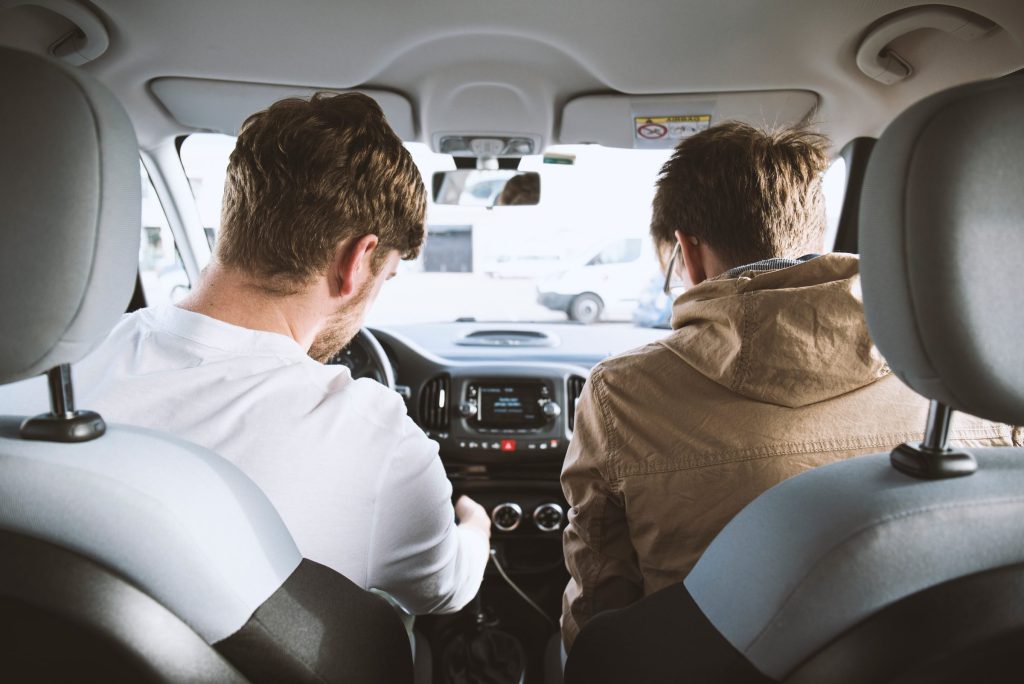
Licensing Requirements and Insurance Obligations
The licensing requirements and insurance obligations for BlaBlaCar and Uber also differ significantly. BlaBlaCar operates a long-distance ride-sharing platform, connecting drivers and passengers traveling between cities. As a result, the company’s drivers do not make a profit, and the maximum price on all journeys is capped to cover only the cost of gas and wear-and-tear expenses of the vehicle. This business model affects the licensing requirements and insurance obligations, as drivers are not considered professional for-hire transportation providers.
In contrast, Uber’s drivers operate within cities and typically make a profit from providing transportation services. This leads to different licensing requirements and insurance obligations, as for-hire transportation services are subject to specific regulations and insurance coverage.
Key Distinctions in Services
Long-Distance Trips vs In-City Rides
One of the key distinctions between BlaBlaCar and Uber is the focus on long-distance trips versus in-city rides. BlaBlaCar specializes in connecting people traveling between cities, providing a cost-effective and environmentally friendly alternative to traditional modes of transportation. In contrast, Uber primarily operates within cities, offering convenient transportation options for short distances.
Profit-Making vs Cost-Sharing
Another important distinction lies in the approach to profit-making versus cost-sharing. BlaBlaCar’s model revolves around cost-sharing, where drivers and passengers collaborate to share the expenses of the journey. The drivers do not make a profit on any journey, and the maximum price for all trips is capped to cover the costs of gas and vehicle maintenance. On the other hand, Uber is focused on making a profit, with drivers providing rides in exchange for payment, turning them into professionals with additional insurance and licensing requirements.
Responsibilities of Drivers and Platforms
The responsibilities of drivers and platforms in BlaBlaCar differ significantly from those in Uber. BlaBlaCar connects drivers and passengers, but the company regulates the maximum price for all journeys to ensure that drivers only share the cost of the ride without making a profit. This collaborative approach emphasizes cost-sharing and places the responsibility on the platform to maintain fair pricing and a non-commercial environment. In contrast, Uber drivers are focused on making a profit, and the platform’s responsibilities include ensuring compliance with regulations and providing a marketplace for commercial transportation services.
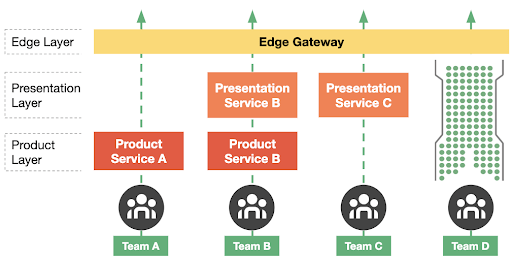
Implications for Drivers and Passengers
Commercial Nature and Legal Liabilities
BlaBlaCar, a carpooling service, connects drivers with empty seats to passengers traveling the same route, sharing the cost of the journey. Unlike Uber, BlaBlaCar is considered a non-commercial activity, subject to different regulations. This distinction is crucial in determining legal responsibilities and liabilities for both drivers and the platform. BlaBlaCar’s model allows drivers to ask for a share of the riding costs but not for profit alone, avoiding the legal and regulatory issues that have plagued Uber.
Cost-Sharing Model and Maximum Price Cap
BlaBlaCar’s cost-sharing model differs from Uber’s profit-focused approach. It allows drivers to share the cost of the ride without making a profit, ensuring that the maximum price of rides is capped to avoid exceeding the cost of gas or wear-and-tear expenses. This model benefits both drivers and passengers and contributes to BlaBlaCar’s success in multiple countries with different economic conditions.
Regulatory Requirements and Responsibilities
BlaBlaCar faces regulatory requirements that align with its cost-sharing model, ensuring that drivers do not make a profit on any journey and capping the maximum price of rides. This approach demonstrates the company’s commitment to complying with local regulations and avoiding the legal issues that have affected Uber. Additionally, BlaBlaCar’s expansion plans into new markets indicate a strategic approach to entering regions where the economic conditions align with its cost-sharing model.
conclusion
In conclusion, the differences between BlaBlaCar and Uber are significant and impactful for both drivers and passengers. The legal and operational distinctions, including licensing requirements and insurance obligations, highlight the divergent nature of these two platforms. Additionally, the focus on long-distance trips versus in-city rides further emphasizes the unique service offerings of each company. The commercial nature and legal liabilities also set BlaBlaCar apart, as it operates as a carpooling service that allows drivers to share the cost of the journey without seeking a profit. These differences have implications for the overall experience for both drivers and passengers, and understanding these distinctions is crucial for anyone considering using either service.




